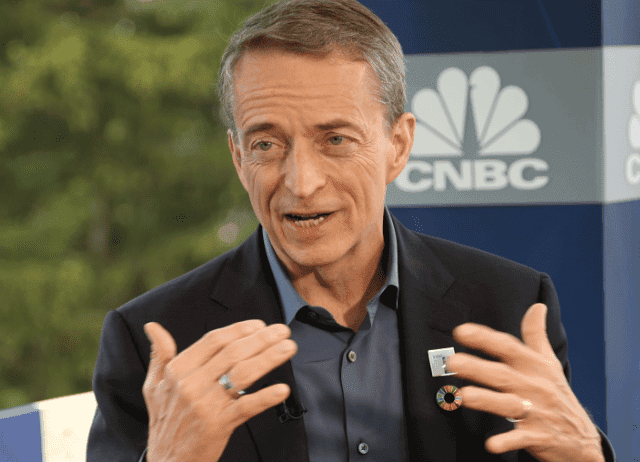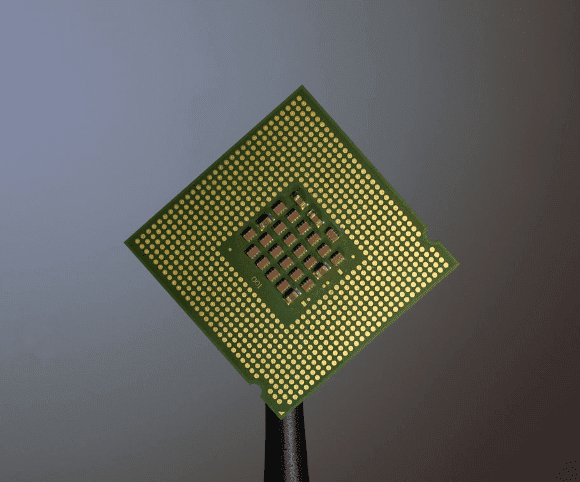Intel CEO Pat Gelsinger, known for affirming the vitality of Moore’s Law, has acknowledged a slowdown in the semiconductor industry. During a talk at Manufacturing@MIT, Gelsinger stated that transistors are now doubling closer to every three years, which deviates from Moore’s Law’s original two-year cadence. Despite this, Gelsinger remains optimistic and outlines strategies to align with the essence of Moore’s Law.

More About Intel CEO’s Thoughts Regarding Moore’s Law
Moore’s Law, introduced by Intel co-founder Gordon Moore in 1970, posits that transistor count doubles every two years, driven by increasing node density and the ability to create larger chips. However, the semiconductor industry’s pace has recently lagged behind this trend, leading some, including Nvidia CEO Jensen Huang, to declare the end of Moore’s Law.
Since assuming the role of CEO in 2021, Gelsinger has consistently asserted that Moore’s Law is “alive and well.” He even suggested Intel could surpass its pace until 2031 and introduced “Super Moore’s Law,” leveraging 2.5D and 3D chip packaging like Foveros. In the MIT talk, Gelsinger addressed the potential end of Moore’s Law, acknowledging a slowdown: “We’re probably doubling effectively closer to every three years now, so we’ve definitely seen a slowing.”

Context is crucial here, as Gelsinger seems to refer specifically to process technology when discussing the slowdown of Moore’s Law. New nodes, once sufficient for the predicted doubling every two years, now exhibit weaker density improvements and delayed arrivals, notably in Intel’s Intel 7 and Intel 4 nodes.
Gelsinger asserted that despite this apparent slowdown, Intel could develop a 1-trillion transistor chip by 2030, citing RibbonFET transistors, PowerVIA power delivery, next-gen process nodes, and 3D chip stacking as enabling factors. He concluded, “For all of the critics that declare we’re dead… until the periodic table is exhausted, we ain’t finished.”

However, Gelsinger admitted that the economic aspect of Moore’s Law is eroding, citing a shift in fabrication economics from $10 billion to $20 billion over the past seven or eight years.








